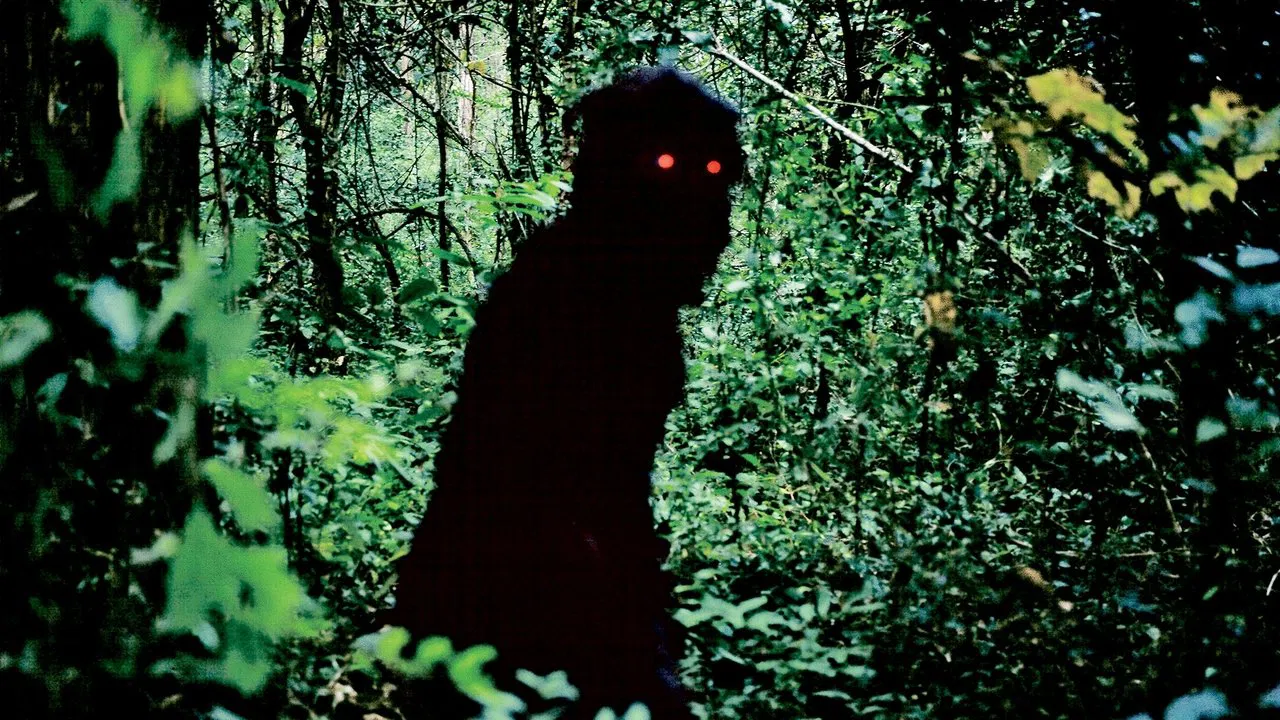Thai Cinema

Thai cinema stands at the crossroads of tradition and experimentation. From the lush rural landscapes that often frame its stories to the spiritual and folkloric undertones that permeate its narratives, it has long balanced the mythical with the everyday. One of the earliest internationally recognized works, Santi-Vina (1954), set the tone for the poetic richness that would become a hallmark of Thai filmmaking.
The international spotlight turned more fully toward Thailand in the late 20th century with directors such as Pen-Ek Ratanaruang (Last Life in the Universe) and Nonzee Nimibutr (Nang Nak), whose films combined modern urban realities with deeply rooted cultural traditions. But it is perhaps Apichatpong Weerasethakul who has most defined Thai cinema’s contemporary voice. His works—Tropical Malady, Uncle Boonmee Who Can Recall His Past Lives—brought home the Palme d’Or at Cannes and established a cinematic language that fuses memory, politics, and spirituality.
In recent years, Thai cinema has expanded its horizons. Horror films like Shutter and action blockbusters like Ong-Bak have found devoted international audiences, while indie productions continue to explore personal, intimate stories. This blend of commercial success and auteur-driven experimentation makes Thai cinema one of Southeast Asia’s most compelling film industries, with much more still to discover.